Services
Managing your pain starts with learning with what is the right approach for you. Discover a range of services that can help you manage Hypermobility EDS.
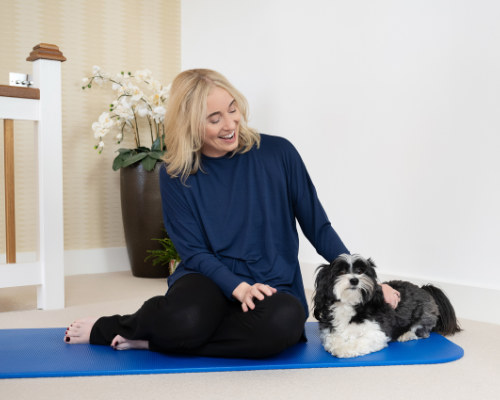
The Zebra Club app
Begin your journey to safe, healthy, hypermobility friendly movement with our app today.
View App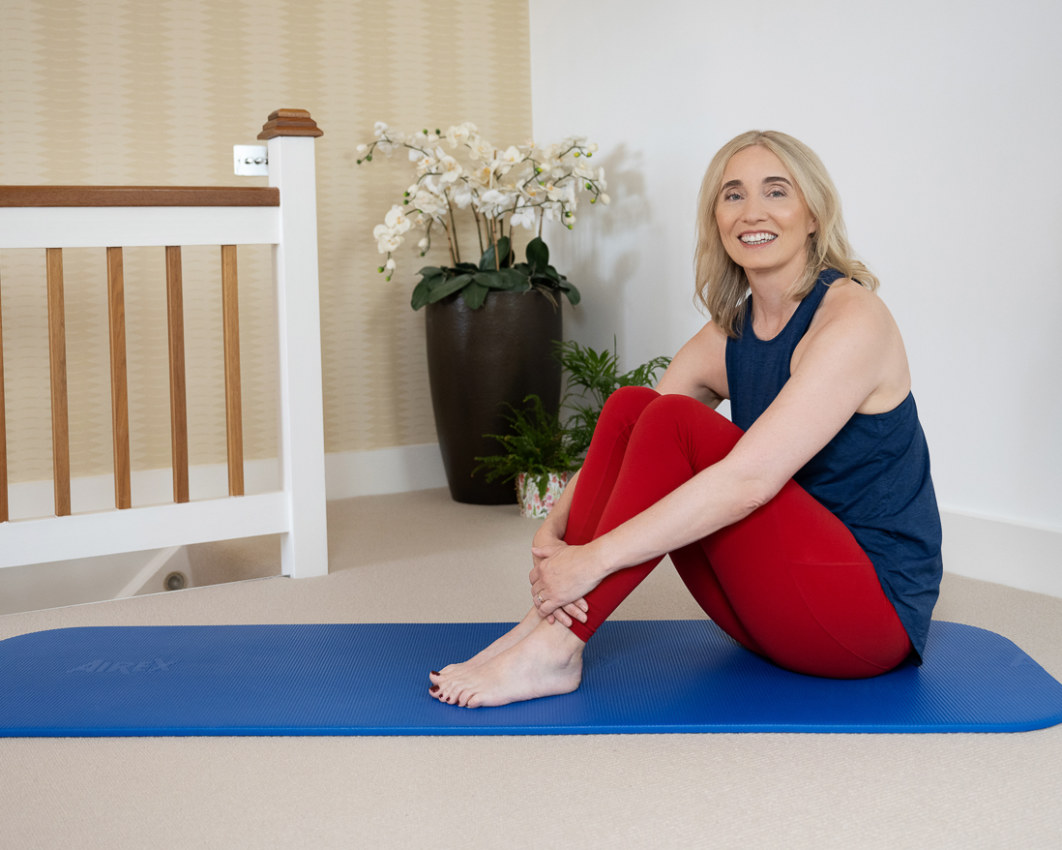
Strengthen your Hypermobile Core
On this course, I demonstrate and explain every exercise, including 'watch for' points in the hypermobile body. You can work from the comfort of your home, at your pace.
View course
Educational training for teachers and therapists
This online course is designed to give you all the essential knowledge needed to work with hypermobile clients...
View course
Moovlite
Welcome to Moovlite, your comprehensive solution to back pain relief in just 12 weeks.
View course
The Zebra Club Intensive course
Looking to work with Jeannie? The Zebra Club Intensive course will be launching soon. Register your interest in joining this comprehensive EDS / HSD coaching program here.
Learn moreGet to know me better
Discover Jeannie's depth of Hypermobility expertise

Need some help?
Hi, I'm Jeannie. If you would like to email me directly, click on the contact button and fill out the contact form.
Contact usThe Zebra Club APP
Hypermobility safe, affordable and effective movement, education and community in the comfort of your own home.
The Zebra Club app is a programme based on the Integral Movement Method. In this programme I will carefully guide you through safe exercises to manage your pain.
Learn moreOr download the App on


The Zebra Club Intensive Course
Looking to work with Jeannie? The Zebra Club Intensive Course will be launching soon. Register your interest in joining this comprehensive EDS / HSD coaching program here. This course will offer the opportunity to work closely with Jeannie through online weekly live coaching sessions in a small group environment over a set number of weeks.
Launching Soon!
Be sure to register now and be one of the first in line
By contacting us, you agree to our Terms of service and Privacy Policy
What clients say
The Zebrastrong Blog
Managing your pain starts with learning what works for you, your body, and your lifestyle. That’s why my blog is about more than techniques for managing pain. Here you’ll also find strategies for coping with the emotional and social aspects too.

July 25th, 2024 | Estimated reading time: 6 minutes
Navigating Menopause with Hypermobility and Ehlers-Danlos Syndrome
When I hit the menopause or rather it hit me, my life changed dramatically. I had been managing my hypermobility and Ehlers-Danlos symptoms pretty well until then.
Read more
July 9th, 2024 | Estimated reading time: 6 minutes
If you have hypermobility, pillow struggle is a real thing
Pillow struggle is a thing. Is there the perfect pillow to hypermobile necks that will help prevent neck and shoulder pain? This is the number one non-movement related question I get emails and questions about.
Read more
July 1st, 2024 | Estimated reading time: 7 minutes
Managing fatigue and it’s impacts
First of all, If you have EDS or HSD and suffer from fatigue, you are not alone. When we began to analyse the responses in our study on the IMM using my Strengthen Your Hypermobile Core video series with Dr. Russek and Jane Simmonds, we found that fatigue was one of the biggest barriers to movement (along with pain).
Read more
June 24th, 2024 | Estimated reading time: 7 minutes
What is chronic pain?
The International Association for the Study of Pain defines pain as “an unpleasant sensory and emotional experience associated with, or resembling that associated with, actual or potential tissue damage”. Pain is considered chronic if it lasts for longer than 3 months (1).
Read more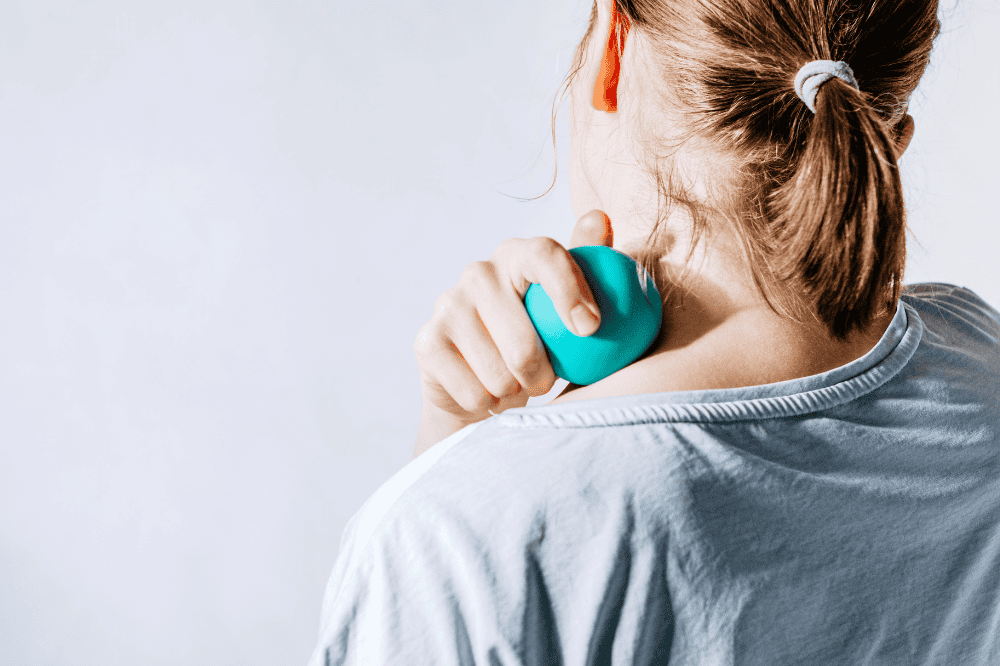
June 17th, 2024 | Estimated reading time: 6 minutes
Understanding hypermobility in the neck
Neck pain is a common issue faced by those of us with hypermobility. Proprioception and muscle endurance of the neck are essential for functional stability (1). This is often lacking in hypermobility due to joint instability, muscle strains, poor posture, and ligament laxity.
Read more
June 10th, 2024 | Estimated reading time: 6 minutes
Understanding double-jointed elbows
Why write a whole blog about the elbow joint? Well, the elbow joint is like the knee joint – it is impacted by both the action of the wrist and the shoulder. It is the middleman and often ends up taking the strain for poor mechanics elsewhere. I think elbows are underrated in how we treat and manage hypermobility. How hypermobile people use their arms is going to hugely impact elbow issues.
Read more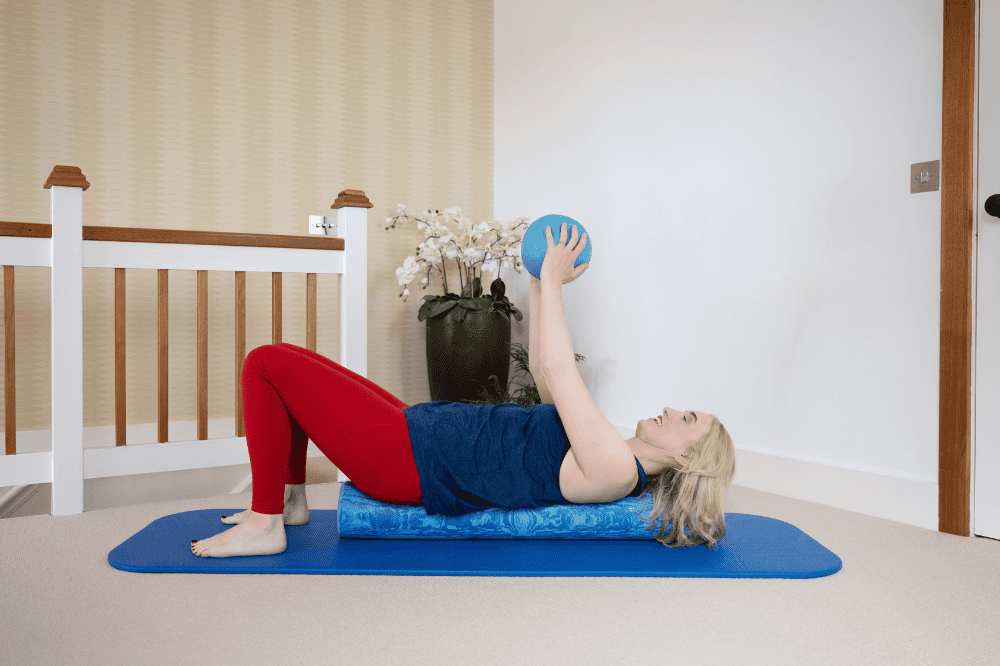
June 3rd, 2024 | Estimated reading time: 7 minutes
Managing Ehlers-Danlos Syndrome through Exercise
Have you been told to exercise to help manage your EDS or HSD? Perhaps you have been given no instruction on how to exercise with this condition. Or perhaps you’ve been told to just do pilates or go swimming. Or maybe you’ve been sent to a physical therapist who doesn’t understand hypermobility and makes things worse?
Read more
May 28th, 2024 | Estimated reading time: 6 minutes
Hypermobility and Stretching
We know feeling tight is a common experience in hypermobility. When we have looser joints, our muscles often tighten up to try and stabilize. It can feel good at the time to stretch them. We must remember that our muscles are tight for a reason.
Read more
May 19th, 2024 | Estimated reading time: 3 minutes
The EDS Diet by Lorna Ryan
We all consume food and exist in a world where opinion and advice on diet is freely shared. The public is pleased to share tips. Family wishes to impart wisdom. Professional patients keen to share their n=1. Healthcare professionals sometimes slide out of scope to offer recommendations. And no more so than in the niche arena of Hypermobility & Ehlers-Danlos syndromes.
Read more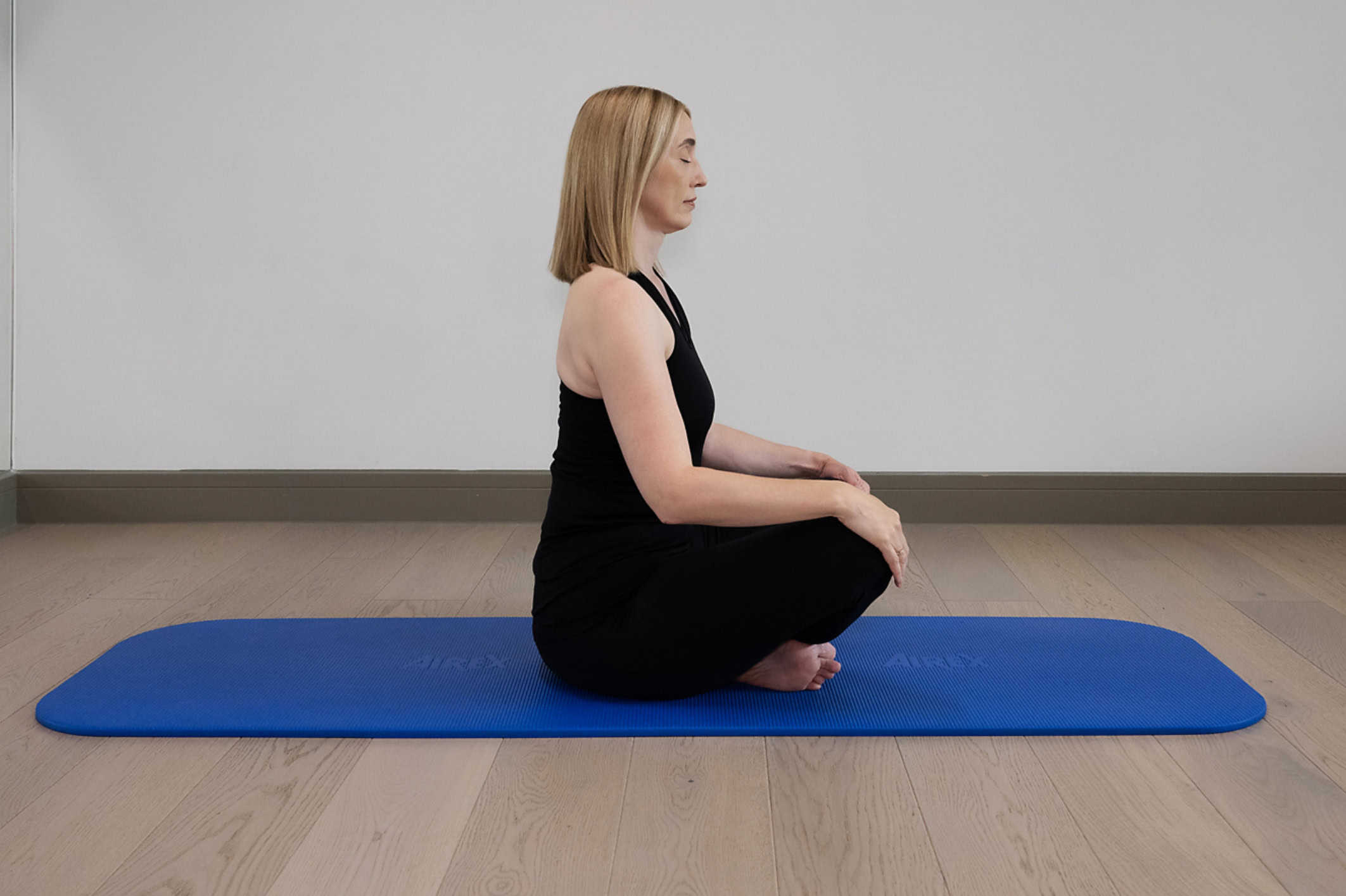
May 14th, 2024 | Estimated reading time: 6 minutes
Rib subluxations are common in hypermobility
I know it can be a common thing in hypermobility and it is very painful. It can make us anxious about exercising as we fear a subluxation. Some people have even been told by some medical professionals that a rib subluxation is physically impossible – but I think if you have hypermobility you may disagree with this.
Read more


















